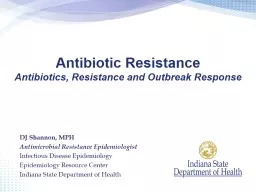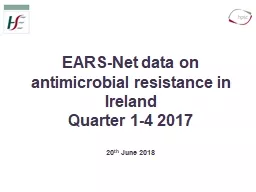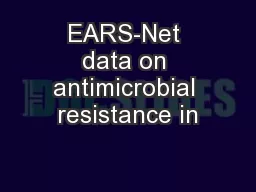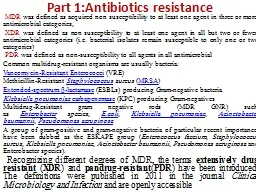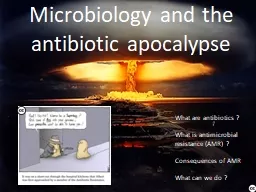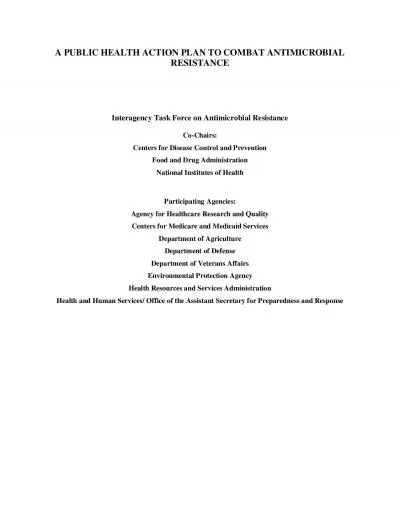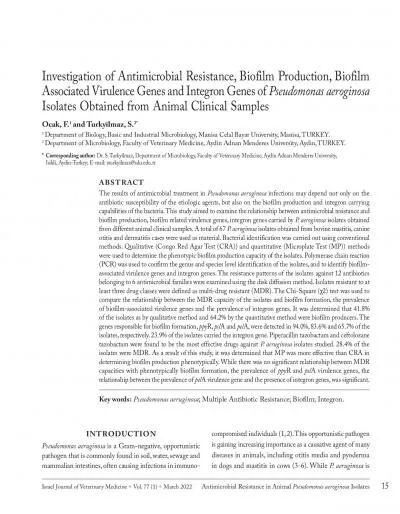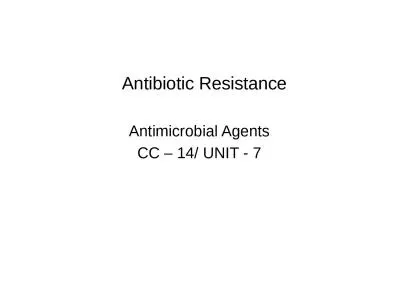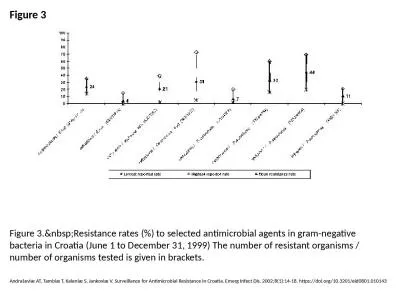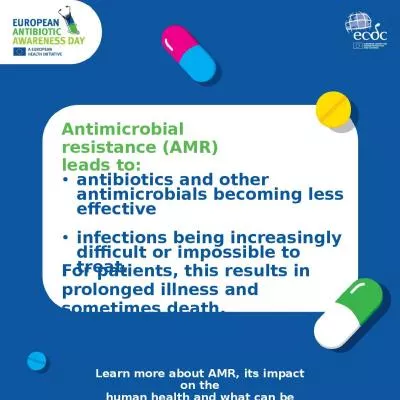PPT-DJ Shannon, MPH Antimicrobial Resistance Epidemiologist
Author : yoshiko-marsland | Published Date : 2019-02-20
Infectious Disease Epidemiology Epidemiology Resource Center Indiana State Department of Health CPCRE and the nonKPCs Overview Definitions Review of antibiotic resistance
Presentation Embed Code
Download Presentation
Download Presentation The PPT/PDF document "DJ Shannon, MPH Antimicrobial Resistan..." is the property of its rightful owner. Permission is granted to download and print the materials on this website for personal, non-commercial use only, and to display it on your personal computer provided you do not modify the materials and that you retain all copyright notices contained in the materials. By downloading content from our website, you accept the terms of this agreement.
DJ Shannon, MPH Antimicrobial Resistance Epidemiologist: Transcript
Download Rules Of Document
"DJ Shannon, MPH Antimicrobial Resistance Epidemiologist"The content belongs to its owner. You may download and print it for personal use, without modification, and keep all copyright notices. By downloading, you agree to these terms.
Related Documents

